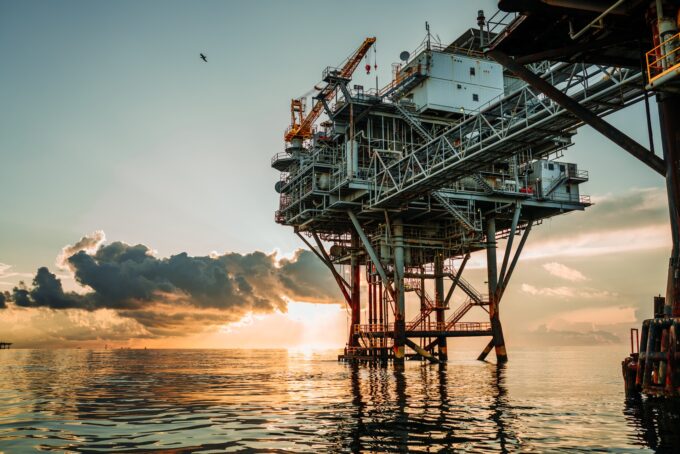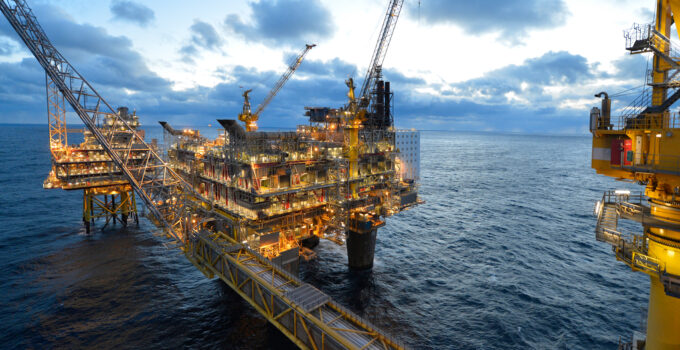Continuous technological advances are having a significant impact on all industries, and the offshore one is no different. Naturally, some adopt these trends faster than others, and the benefits they get to enjoy can greatly differ based on their line of work.
The offshore oil and gas industry is essential, and companies are quick to adopt new pieces of technology that enable them to boost their productivity. The way they conduct their businesses has significantly changed in the last few decades, and many more alterations are expected to occur in the near future due to the trends we will discuss in this article.
Automated drilling operations

Source: automation.omron.com
The only way a company in this industry can boost its business is to adopt trends that enable it to increase the efficiency of remote drilling operations. This way, robots allow them to explore the areas they wouldn’t be able otherwise. We believe it isn’t necessary to explain how significant this technology has been for their businesses by increasing their productivity and also by not having to risk the safety of their employees when it comes to these remote, inaccessible areas.
Similarly, they don’t only invest in robots that can provide them with this opportunity, but they want to obtain technology that allows them to increase their environmental performance as well. We know it may seem impossible, but these companies are trying to lower the emission of toxic gases and waste produced during these drilling operations. Obviously, they are still not able to complete this task successfully, but we will see where new technology will lead them.
Remote maintenance
Similar to all other machinery and pieces of equipment, the facilities in the offshore industry require regular maintenance. It is crucial not only to ensure everything works perfectly and prevent potential failures and issues from occurring but also to improve employees’ safety. These are the most important goals for every company, regardless of its resources.
In the past, this entire process could take some time, and it involved a lot of planning, finding the best experts, and sending them to the platforms. However, this is no longer necessarily the case. Nowadays, the latest, top-notch technology enables companies to conduct maintenance remotely via remote condition monitoring. This doesn’t only make the entire process easier, but it also provides managers with accurate information about the conditions of every piece and facility.
Artificial intelligence

Source: oedigital.com
AI technology has taken the world by storm and completely transformed it. It has had such a significant impact on the oil and gas offshore industry, and these solutions have been implemented in various aspects of the business to take it to the next level. For example, there is a geoscience platform that analyzes geophysics and geology and thus, provides companies with unique information essential to their work. They also use it to obtain and analyze them and hence, understand the success of each operation and see if any changes need to be made. All the data they get using AI is real-time, and the solution analyzes it to predict all potential outcomes and issues that can be prevented. We are not only talking about operations themselves but also about the necessary maintenance, and the best part is that AI minimizes the potential mistakes and miscalculations that can sometimes occur due to human error.
Remote operations
After reading all of the abovementioned trends and possibilities, this one probably doesn’t come as a surprise. With the combination of digital trends and Artificial Intelligence, nowadays, it is possible to run and manage an entire operation remotely. Besides this, today, there is a wholly automated platform, meaning that there is no need for human resources for these to operate. That’s’ right. No human has ever stepped foot onto it. Every single operation process is performed remotely, as well as the regular maintenance that needs to be done once or twice a year. The benefits of this technology are significant, especially when you include the exploration of unreachable areas. This trend is believed to be the future of the oil and gas offshore industry.
Communication between devices

Source: unsplash.com
For everything to run smoothly, companies need to use the latest trends to enjoy reliable management of devices and pieces of equipment. There is no point in investing a lot of money into the top-notch technology and machinery if you cannot run and control it easily. Obviously, here we are talking about wireless communication and the transfer of data and commands. The most important requirement that an internet connection needs to meet is to offer the highest reliability and lowest latency possible. In a nutshell, all the data transferred needs to be accurate, and a person needs to receive it immediately, without any delays. Today, the 5G technology is the best solution available on the market, and if you want to learn why this is the case, visit ittutoria.net.
Seismic imaging
This process is a vital one when it comes to the oil and gas offshore industry because it enables companies to design maps of the seafloor in their area and locate potential wells. This is usually done by airguns that create seismic waves and allows the companies to obtain all the information. Nevertheless, experts are no longer fond of this method because it can cause serious disruption and damage to marine life. As already stated, protecting the environment is one of the goals corporations want to achieve in the future.
Due to this reason, nowadays, more and more businesses adopt alternative methods. One of them is the so-called “marine vibration” that produces the same amount of vibrations in the water but over a longer period of time, which makes that entire process much safer for marine life since it doesn’t use as much energy as the airguns. Another one is called seismic source technology, which is basically a type of submarine that emits waves of lower frequency. This way, the environment is not endangered, and companies get to go lower under the salt layers and find new resources of oil and gas.







